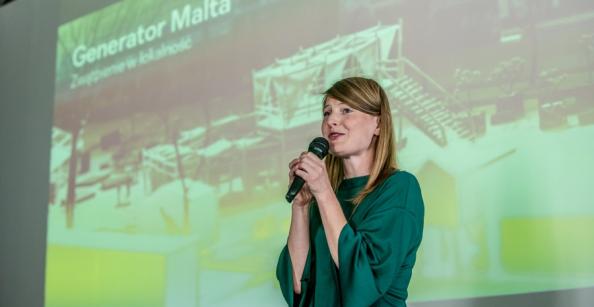
Today, land is divided into millions of plots most of which are owned or managed by someone and this seems to be a rational concept. But is it not absurd? Perhaps the land owners and keepers should be giving their consent to use land based on the actual condition of the land and not only their interests? By the mid-19th century, land and human labour had been tightly linked with locality, family, and craft. In England, the process of enclosing land was conducive to making land and human labour a commodity. Machines took over labour from humans and work was transferred to factories. Capitalism was thus born. In the early 20th century, land was collectivised in Communist countries. Nazis justified the outbreak of World War II with the need of new territory to live on, namely Lebensraum. After the war, an über intensive process of industrialisation that took place caused the impoverishment of land. People realised that land needs protecting. From the perspective of the Apollo spacecraft, the Earth seemed fragile and delicate. Activists began endorsing the Gaia Hypothesis proposed by James Lovelock and began talking about the interdependence of man and its earthly environment. Today, approximately 12 per cent of the surface of Earth is considered by the UN and UNESCO to be “public property”. One third of all land is used for agriculture and is being consumed by this industry. Who has the right to call themselves land owners and why should they consider themselves the owners? Is it states, citizens, international organizations or societies? Who decides whether land belongs to someone? Should we divide land at all or, as Lovelock suggests, should treat it like a single, living, planetary being? Why do we still have to keep answering these questions in this day and age?
Perhaps we have lost our sensitivity and our ability to understand the world in simple terms, which once permitted us to be close to our land. Philippe Descola, an anthropologist studying the relationship between man and nature, found that in non-industrial cultures there was no clear-cut boundary between humans and the earth. The Western world encapsulated the interdependence of man and nature in tales, legends, and myths and considers these to be childish concepts. The fairy-tale like co-existence of the Earth, the millions of species inhabiting it and humans allows us to develop empathy for animals and nature whose autonomy we denied during the steam age. Today, in the “disenchanted” contemporary world, peaceful harmony seems to be the only option for the planet (and humanity). After years of enchantment with the power of human hands and machinery, with the wonders of human mind and computers we must restore our former relationship with the land. Hands and machines, our neural networks and data processing m a y only do as much and for as long as the Earth lets them.
How are you, Earth? Are you anxious? What must we focus on in our relationship with the Earth in a world where we strongly endorse economic growth, in a world where so many plant and animal species are going extinct and so much of the soil is eroding? Can the question about how the Earth is feeling, which may sounds as if it were a quote from a fairy-tale, help us in bringing our sensitivity back to the surface? Imagine the Earth were a friend of ours. Each and every one of us would do everything in our power to reduce its anxiety and make it feel better. Wouldn’t we?
Joanna Pańczak
Generator Malta Curator